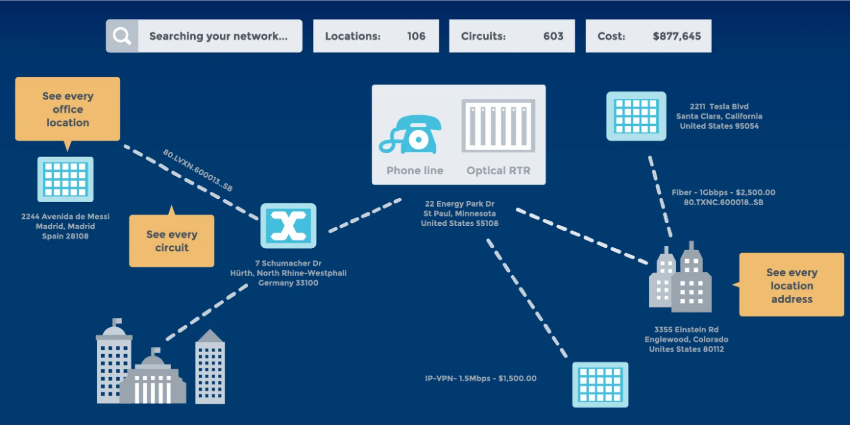The public sector is often thought of as slow to adapt to new technologies, but with the rise of digital transformation, this is no longer the case. One technology that has become increasingly popular in recent years is unified communications (UC), which is a framework for integrating various communication channels into one platform.
To succeed and thrive in this new world, public sector organisations need to build a foundation for collaboration and cooperation in the transforming workplace. For most organisations, this starts with having the right communication strategies in place, via Unified Communications.
The public sector is a diverse industry that includes a range of organizations, including government agencies, healthcare providers, educational institutions, and more. Despite the differences between these organizations, they all face similar communication challenges, such as siloed information, communication breakdowns, and slow response times. UC can help address these challenges in several ways:
- Improved Collaboration: UC provides a centralized platform that allows employees to collaborate more effectively across different departments and locations. This can lead to faster decision-making, increased productivity, and better outcomes for citizens.
- Enhanced Customer Service: With UC, public sector organizations can offer a more seamless and efficient customer service experience. By integrating various communication channels, such as voice, email, and chat, customers can reach the right person or department quickly and easily.
- Increased Efficiency: By streamlining communication processes, UC can help public sector organizations save time and money. For example, by using video conferencing instead of in-person meetings, organizations can reduce travel expenses and increase productivity.
- Better Security: UC can help improve security by providing secure communication channels and allowing for better control over who has access to sensitive information.
Building a Business Case for Unified Communications
While the benefits of UC are clear, building a business case for its adoption can be challenging. Here are some key steps to consider when building a business case for UC in the public sector:
- Identify Key Stakeholders: To build a successful business case, it is important to identify the key stakeholders who will be impacted by the adoption of UC. This may include employees, IT staff, department heads, and citizens.
- Develop a Needs Assessment: Before implementing UC, it is important to assess the communication needs of the organization. This can be done through surveys, focus groups, or other methods to gather input from employees and other stakeholders.
- Evaluate Vendor Options: There are many UC vendors in the market, so it is important to evaluate the options carefully. Consider factors such as cost, functionality, and compatibility with existing systems.
- Calculate the ROI: To justify the investment in UC, it is important to calculate the return on investment (ROI). This can be done by estimating the costs of implementation and maintenance, as well as the expected benefits in terms of increased productivity, cost savings, and improved customer service.
- Develop a Change Management Plan: Implementing UC will require a significant change in communication processes, so it is important to develop a change management plan. This may include training programs, communication plans, and other strategies to ensure a smooth transition.
Future Growth
Unified Communications tools can help to make public sector teams more collaborative, agile, and informed in today’s competitive and high-stress landscape. With the right tools, you can synchronise distributed teams, and even access deeper insights into your workflows and audience.
By unifying various flows of data, your UC solutions can give you a valuable insight into important metrics which may inform your decisions as a public sector organisation going forward. It’s even possible to implement intelligent tools which can help with things like customer sentiment analysis, or tracking trends in your community.
At the same time, public sector companies can access all of this innovation and opportunity while keeping costs as low as possible. Aligning more of your tools in the same environment often means you can access lower costs, and maintain fewer billing cycles.
For public sector companies struggling to keep up with the rising demands for rapid growth, unified communications is becoming a critical investment.
Unified communications technology offers many benefits for public sector organizations, including improved collaboration, enhanced customer service, increased efficiency, and better security. To build a successful business case for its adoption, organizations should identify key stakeholders, conduct a needs assessment, evaluate vendor options, calculate the ROI, and develop a change management plan. By following these steps, public sector organizations can take advantage of the many benefits of UC and improve their communication processes for employees and citizens alike.







